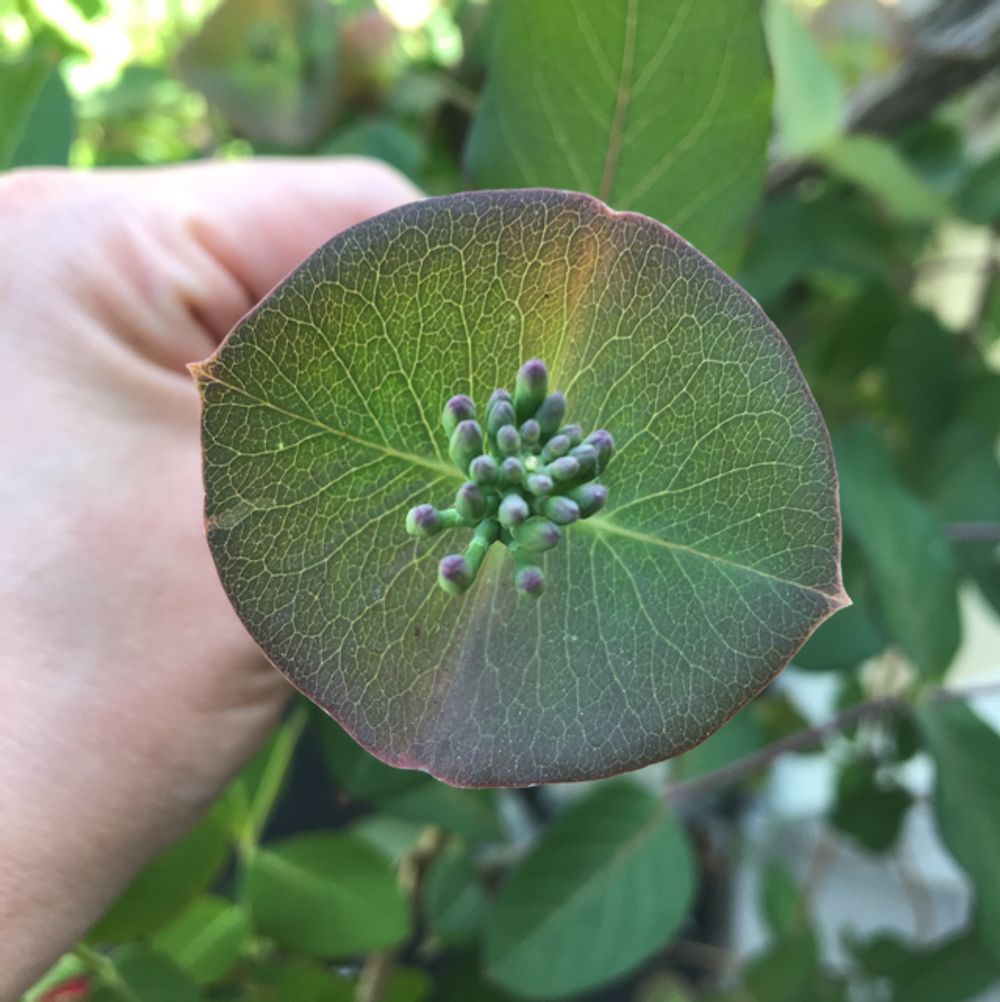Honeysuckle
(Lonicera)

Description
Lonicera is a genus of approximately 200 species of flowering plants in the family Caprifoliaceae. The genus is commonly known as honeysuckle, and its species are distributed throughout the Northern Hemisphere, with the greatest diversity found in East Asia. Lonicera plants are widely cultivated as ornamental plants, and some species are used in traditional medicine. In this article, we will provide a detailed overview of Lonicera plants, including their taxonomy, morphology, ecology, cultivation, and uses. Taxonomy: The genus Lonicera was named by Carl Linnaeus in 1753, in honor of the German naturalist Adam Lonitzer. The type species of the genus is Lonicera periclymenum, also known as common honeysuckle. The genus is classified in the family Caprifoliaceae, which also includes the genera Abelia, Dipelta, Diervilla, Leycesteria, Linnaea, and Symphoricarpos. Morphology: Lonicera plants are shrubs or climbers that can reach heights of up to 10 meters. They have opposite leaves that are usually deciduous, although some species have evergreen leaves. The flowers are tubular, with five lobes, and are typically fragrant and showy. They come in a variety of colors, including white, yellow, pink, and red. The fruit is a berry that contains several small seeds. Ecology: Lonicera plants are adapted to a wide range of habitats, from temperate forests to arctic tundra. Some species are tolerant of shade, while others prefer full sun. They are often found in disturbed areas, such as roadsides and clearings, and some species have become invasive in certain regions. Lonicera plants are pollinated by a variety of insects, including bees, butterflies, and moths. Cultivation: Lonicera plants are widely cultivated as ornamental plants for their attractive flowers and fragrance. They are easy to grow and can be propagated by seed, cuttings, or layering. Some popular species for cultivation include Lonicera japonica, Lonicera xylosteum, and Lonicera tatarica. Lonicera plants prefer well-drained soil and moderate watering, although some species can tolerate drought conditions. They can be grown as shrubs, climbers, or groundcovers, and can be trained to grow on trellises or walls. Uses: Lonicera plants have a variety of uses in traditional medicine. Some species are used as remedies for colds, flu, and other respiratory ailments. The leaves and flowers of some species contain compounds that have anti-inflammatory, antiviral, and antioxidant properties. Lonicera japonica, also known as Japanese honeysuckle, is used in traditional Chinese medicine to treat fever, inflammation, and gastrointestinal disorders. Conclusion: Lonicera plants are a diverse and widespread group of flowering plants that are widely cultivated for their ornamental and medicinal uses. With their attractive flowers, easy cultivation, and adaptable nature, they are a popular choice for gardeners and landscapers around the world. As with all plants, it is important to consider the potential for invasiveness when introducing Lonicera species into new areas, and to use caution when using them for medicinal purposes.
Taxonomic tree:







